26 DELIVERIES
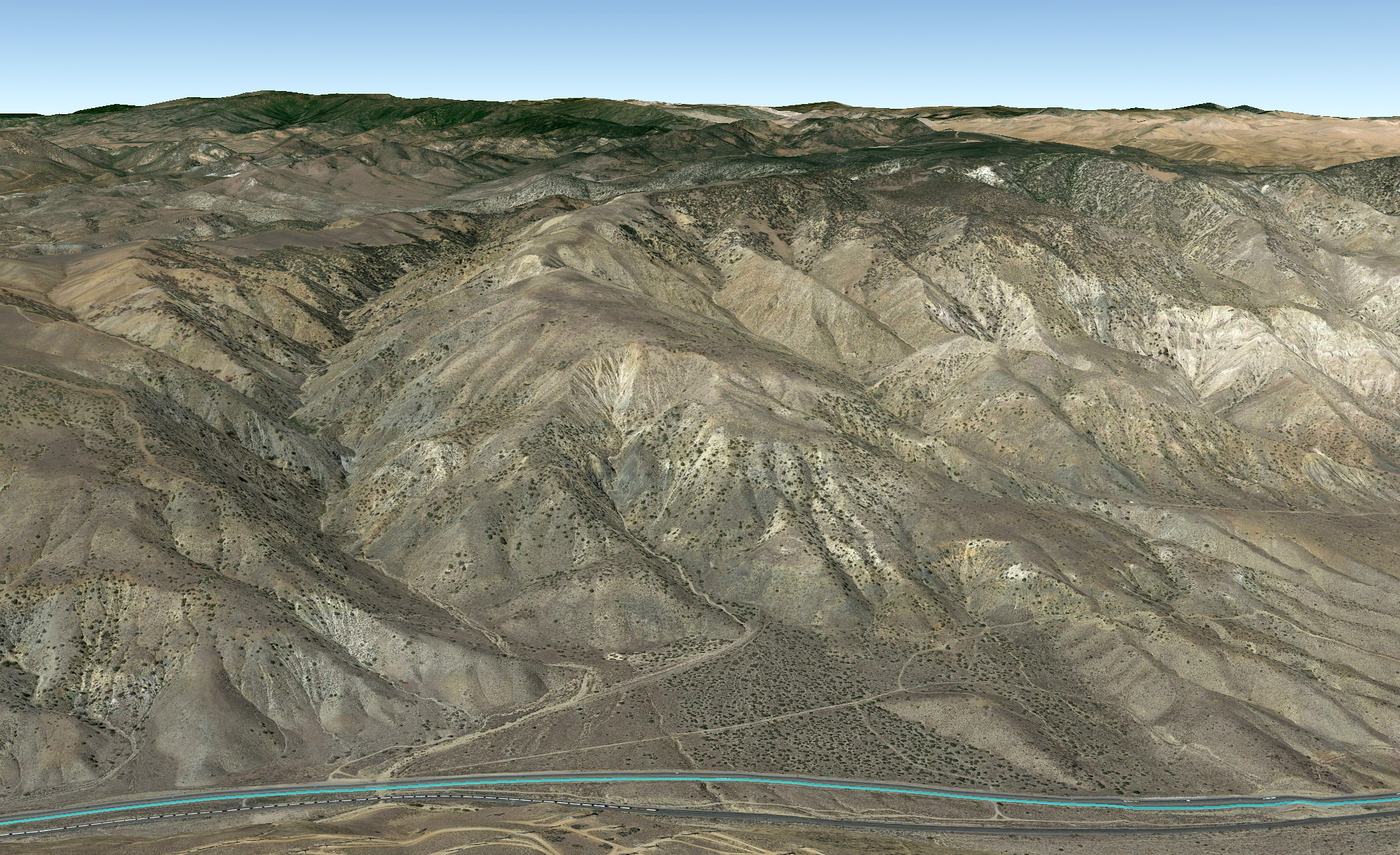
In 2010, I moved into my car. I wanted to see what it would be like to perform an allegory.
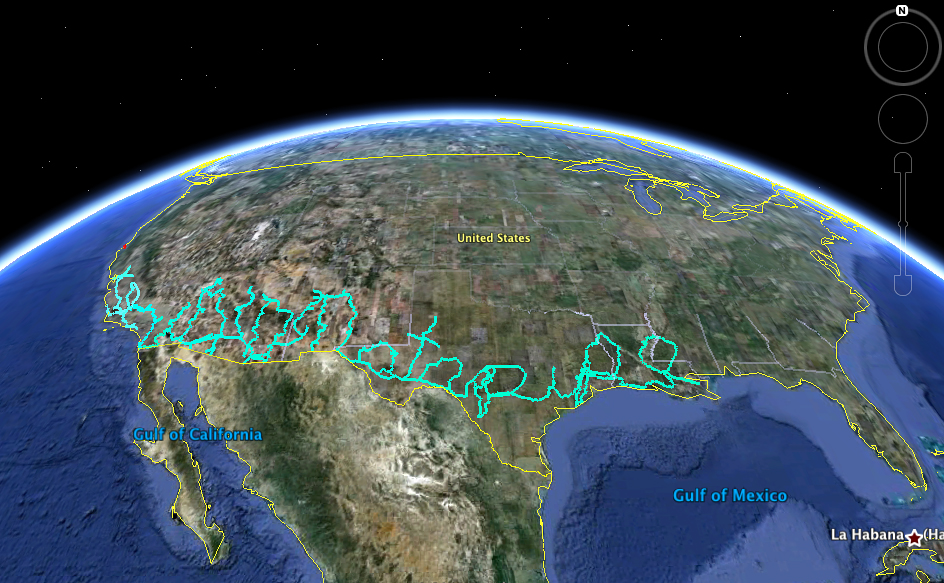
After spending the fall drawing paths in Google Earth to identify passable roads, I attempted to drive 22,870 kilometers to trace a cursive phrase connecting the Pacific Ocean with the Gulf of Mexico.

A time-lapse camera mounted on the dashboard photographed the road once every ten seconds.
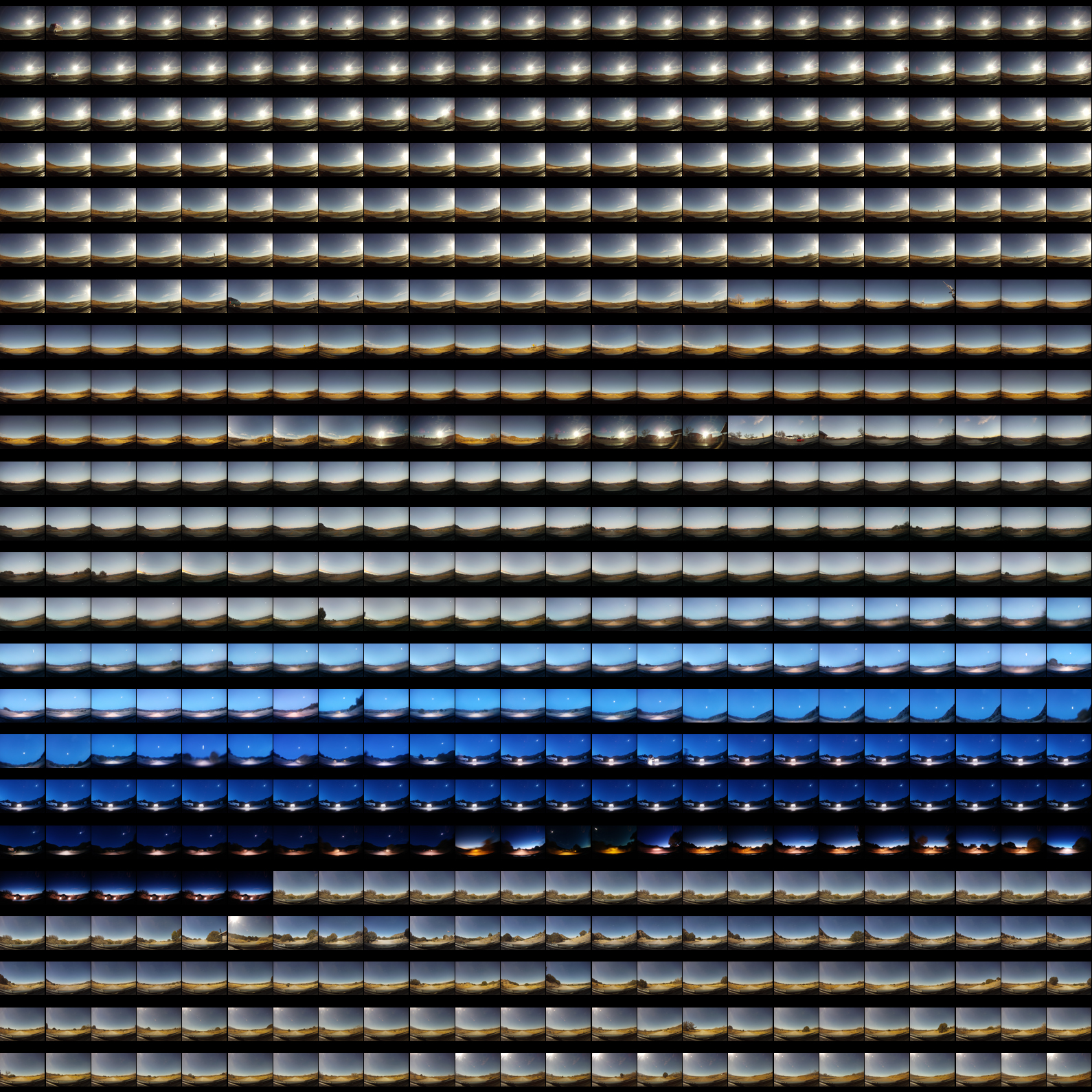
In mind of allegory's status as a trope of rupture between assertion and meaning, I wanted to create an iconic view of the text - and by contrast, a legible, overhead perspective on it.
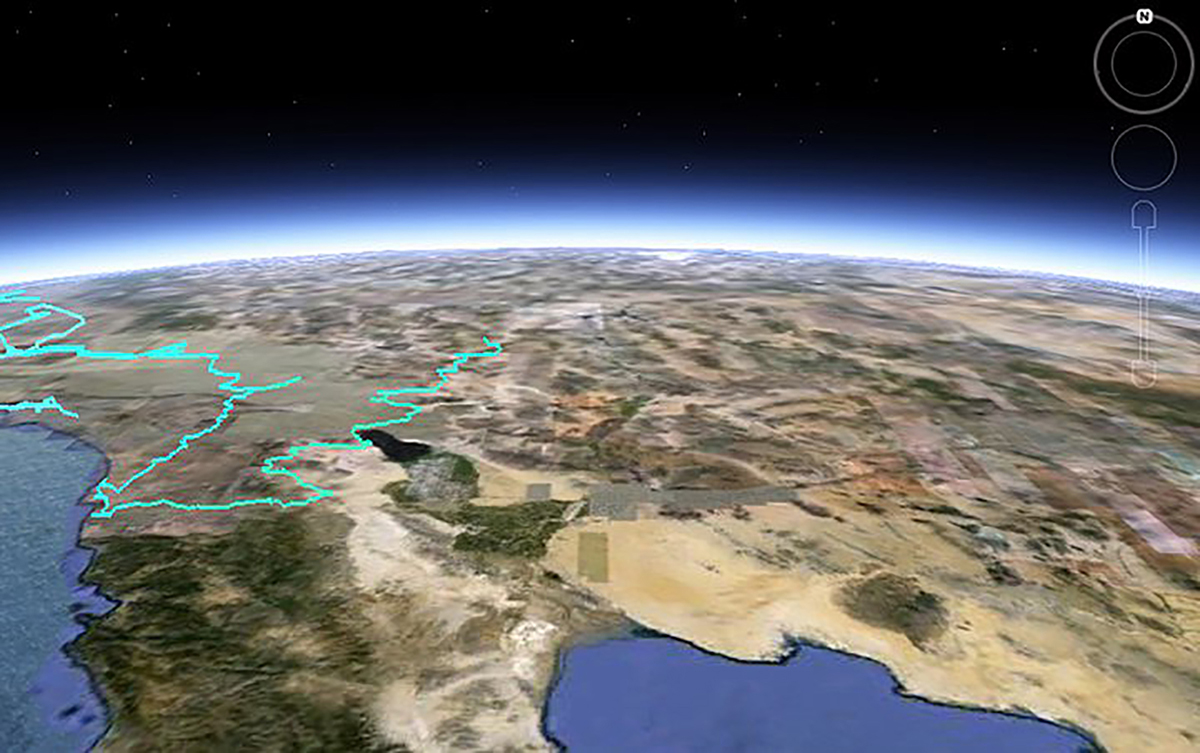
I recorded my movements as they were traced by GPS to draw a line upon the map.
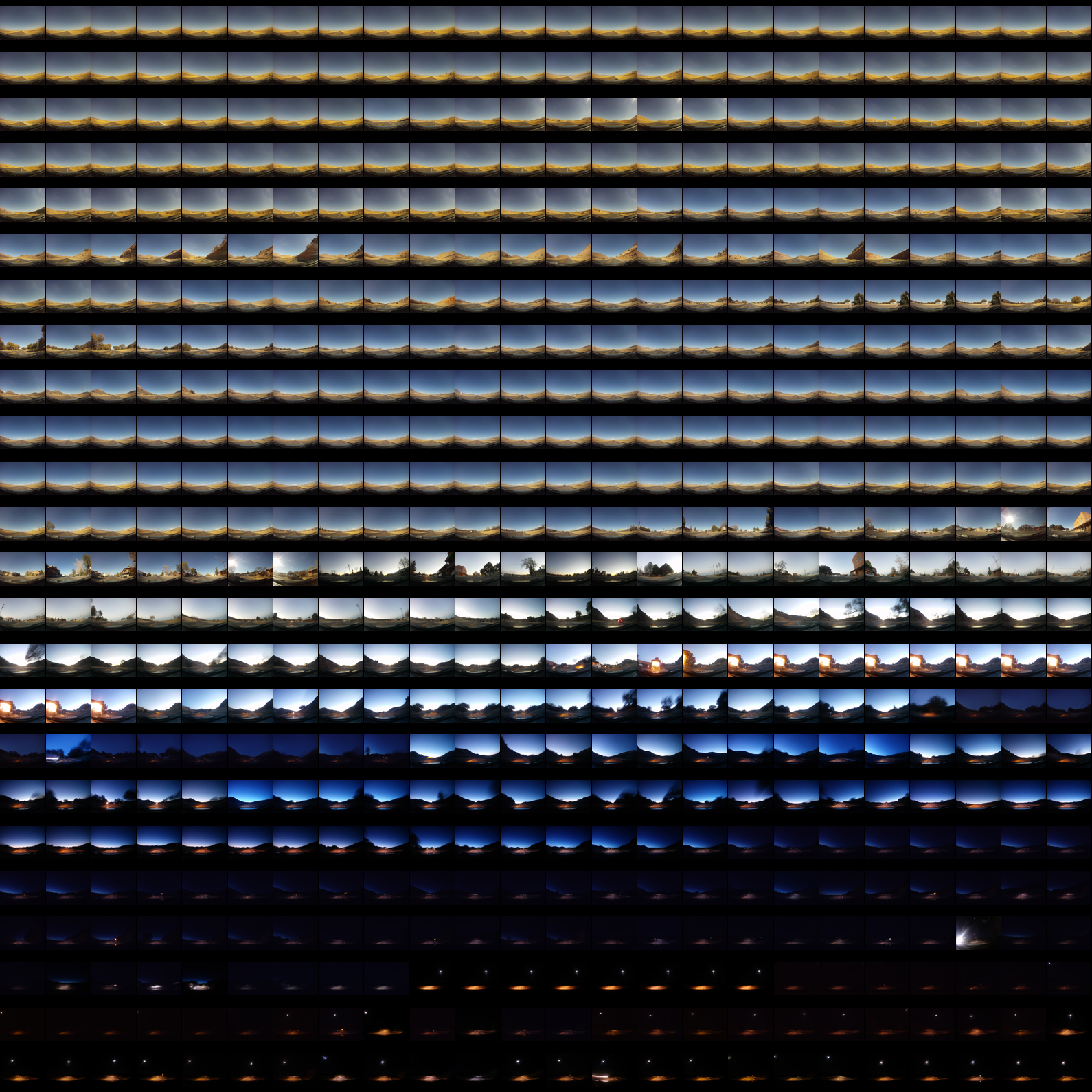
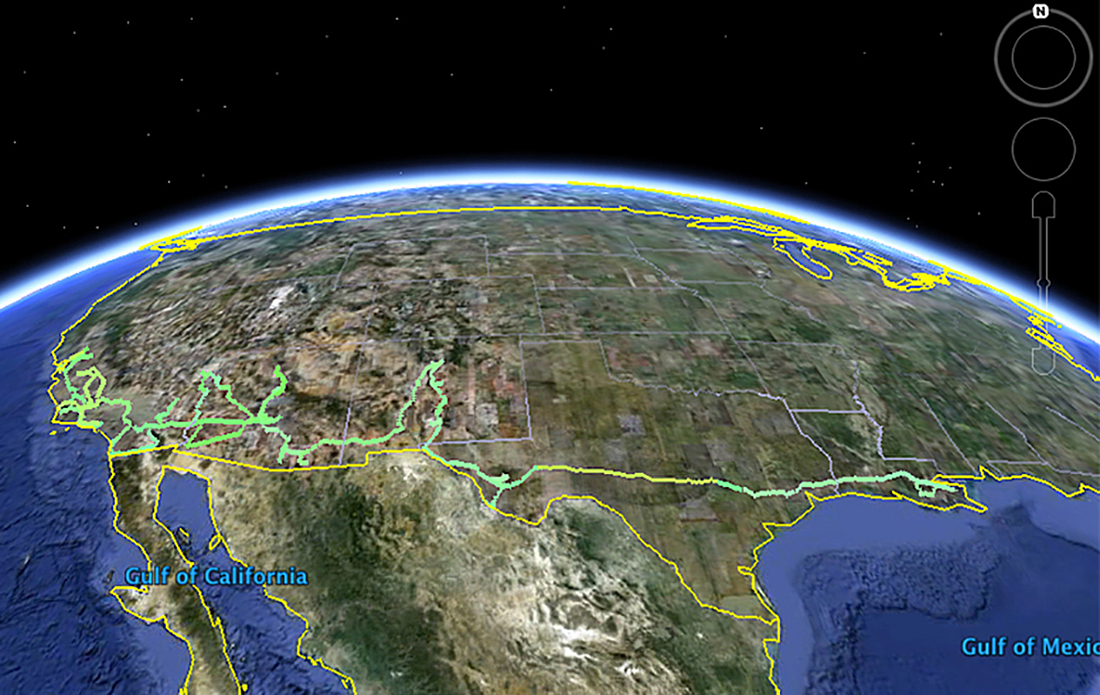
The Arab uprisings of 2010-11 resulted in a significant increase in the price of oil. As the cost of fuel increased, I had to shorten the phrase, and was ultimately able only to spell out the word, this.
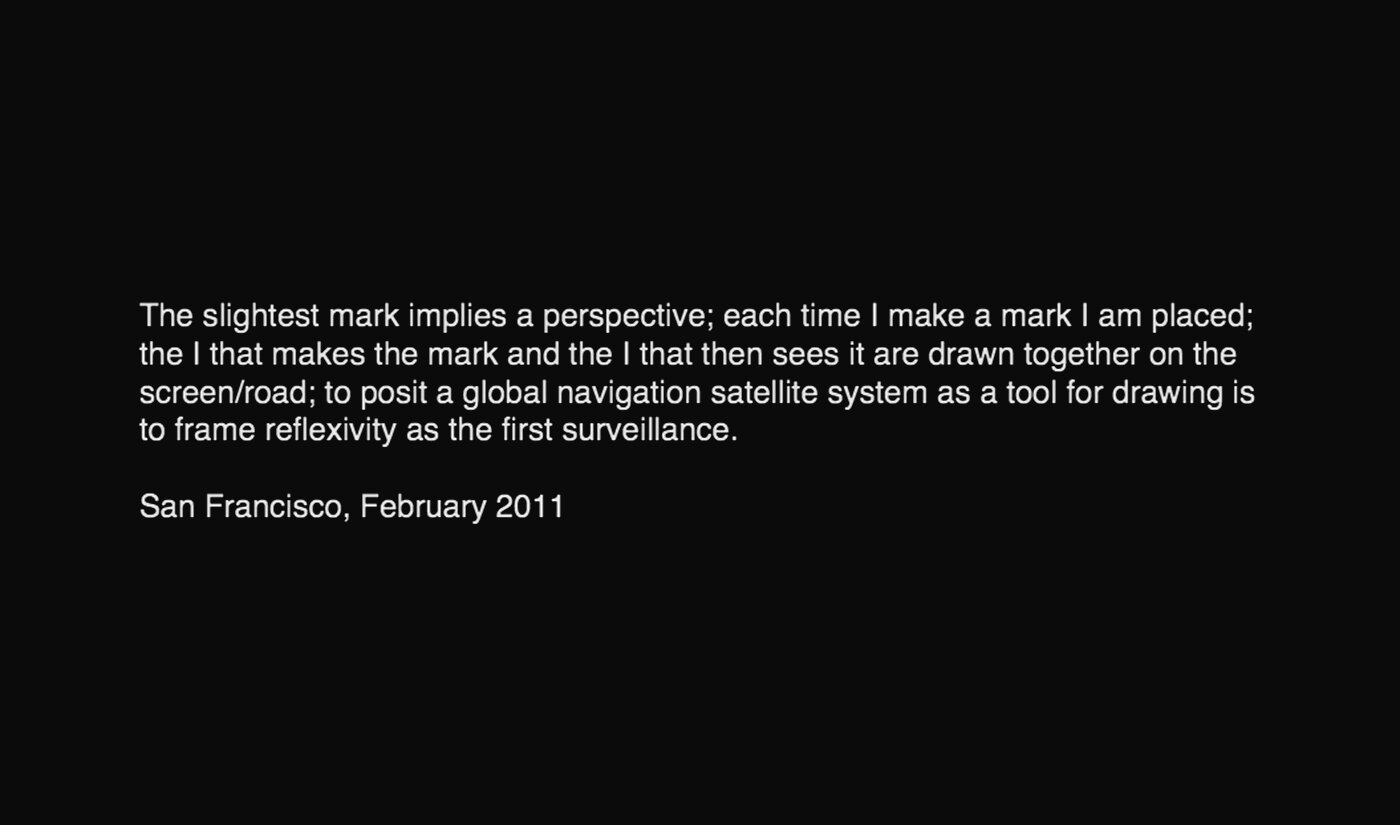
Remembering Michel de Certeau's distinction between voyeurs and walkers, and hoping the question of the work's location would refract endlessly between its map and territory, I had written this preface at the outset.
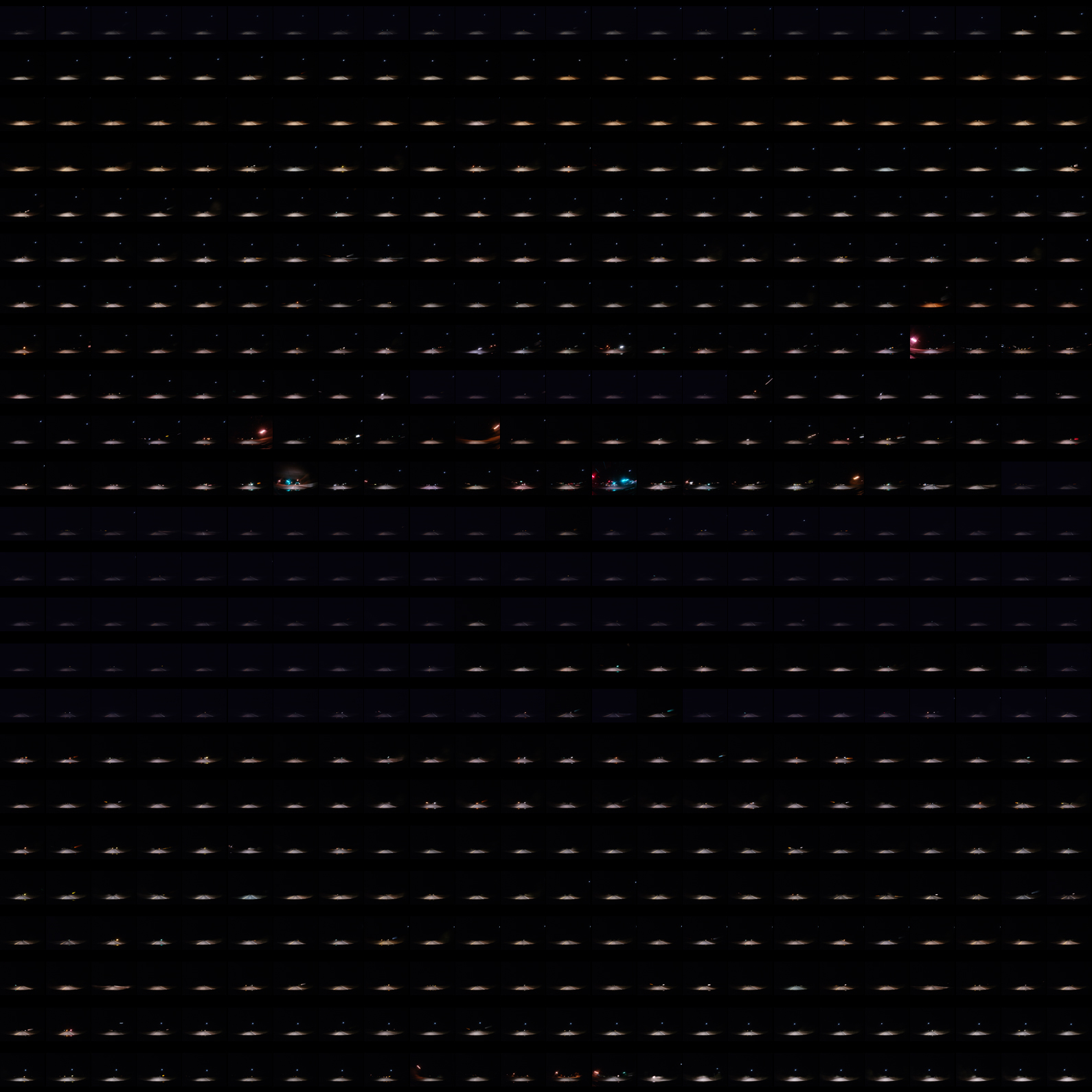


The following glances onto this, as seen from the ground, are excerpted from 173 hours, 55 minutes, and 10 seconds of drawing / driving.
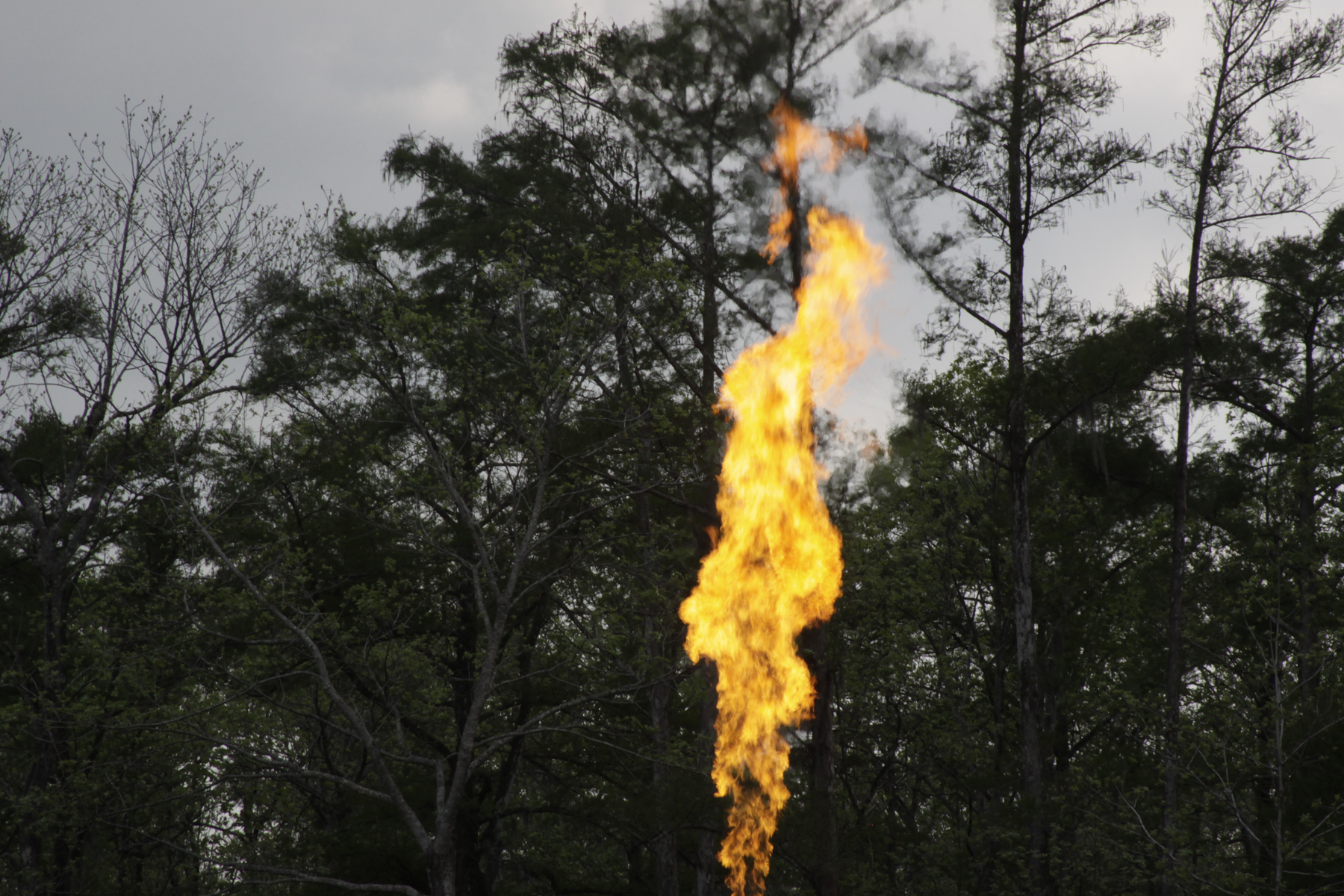
I took these photographs as a form of deictic play, to suggest the action of pointing from within the text.

Martin Jay: deixis refers to linguistic utterances that contain information about their locus of expression.
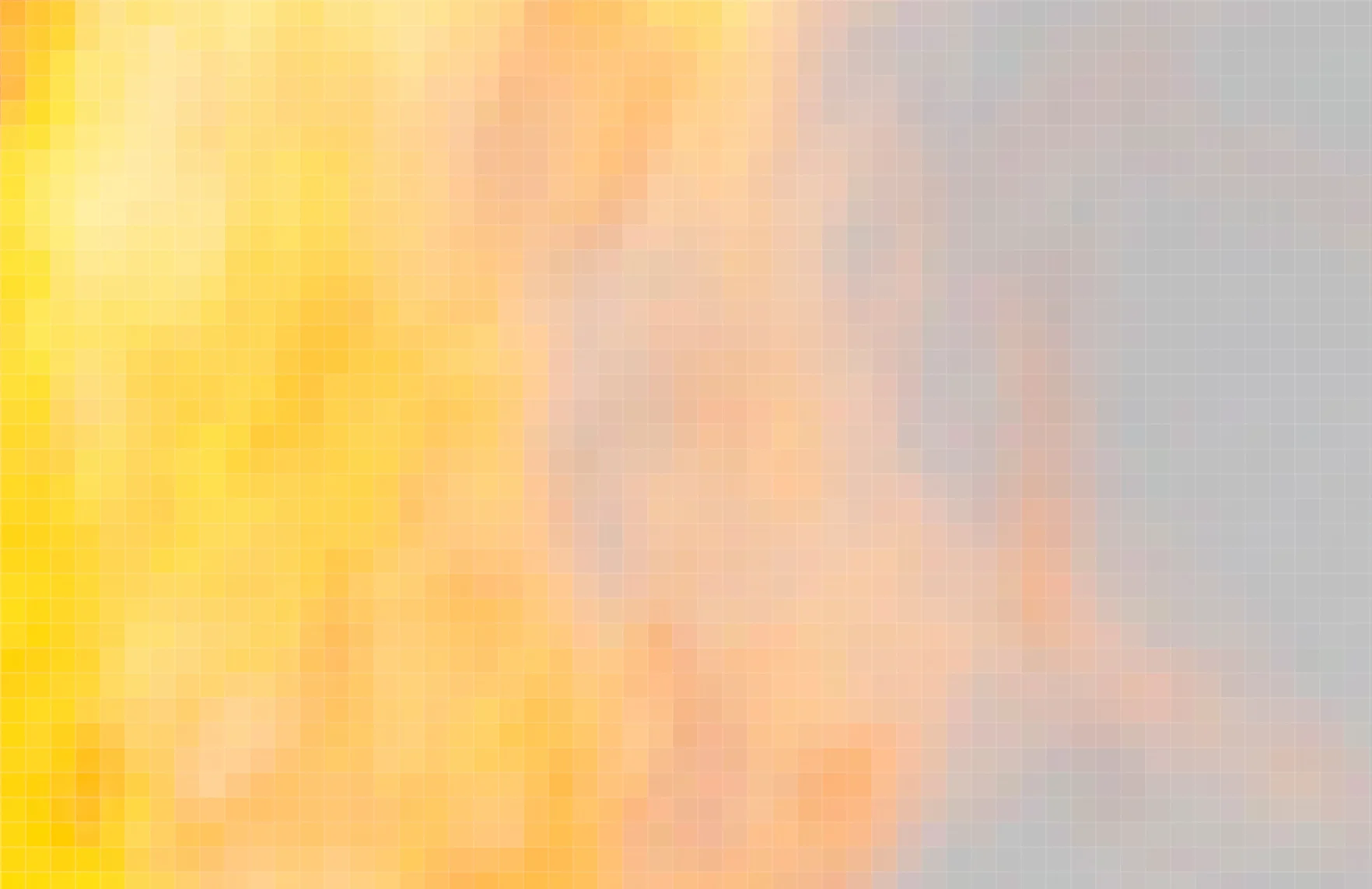
In visual terms, this means the concrete body of the painter positioned in the world.

Norman Bryson also makes the point that the mobile glance introduces desire into the visual act, whereas the frozen gaze represses it.

With this in mind, Augustine's hostility to ocular desire might be reformulated as a critique of the glance in favor of the eternal images produced by the fixating gaze, which the Platonic tradition in general favors.
